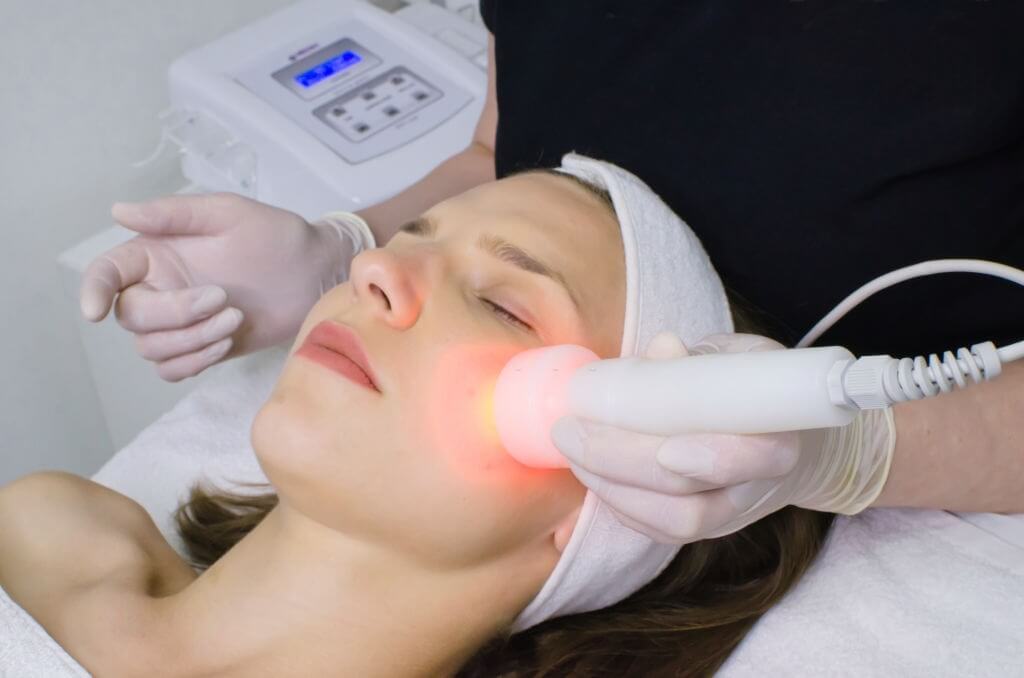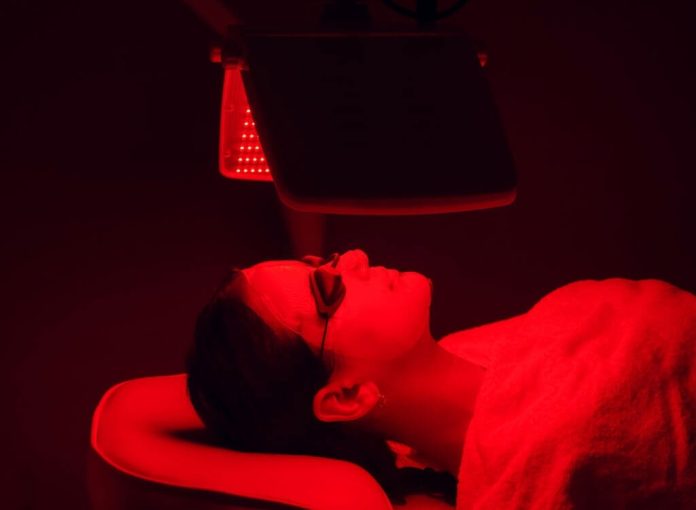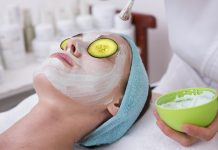Red light therapy’s popularity has peaked in recent years. Many people turn to this multifunctional treatment method to help them with versatile health conditions. What’s more, even though extensive research has been conducted around RLT, scientists didn’t find any adverse side effects. Because of this, you can get red light therapy even without professional supervision.
But is it really worth your while? Let’s dive deeper into the science behind red light to find out.
Table of Contents
History Of Red Light Therapy: How It All Started
Ever since humankind started exploring space, scientists have been looking for various ways to help us survive out there. In the ‘90s, researchers at NASA (National Aeronautics and Space Administration) started observing the effects of the red light on plant growth. They found out that red light boosted photosynthesis and protomer quicker plant development.
After that, research was carried out in humans. First, red light therapy was considered as a way to help astronauts maintain health in space. After a few years, it became clear that RLT could be successfully used for treating common, mundane health concerns.
The Science Behind RLT
Wondering how exposure to colorful light makes a difference? The secret behind RLT’s effectiveness lies in the type of wavelengths that are used. These wavelengths penetrate the skin on a deeper level than any other form of light. Once red light particles get past the epidermis, they start accelerating cellular functions. This causes a chain reaction, boosting and improving cells’ performance in various ways.
The primary motivator of these processes is increased mitochondrial metabolism. Thanks to red light therapy, our cells get more ATP – a molecule that carries cellular energy. This means that each of our cells has more power to replicate, repair, and rejuvenate. Thus, all the fantastic benefits of red light therapy are made possible.
Red Light Therapy Benefits
Now that we learned what happens beneath the surface, let’s talk about the visible (or feelable) benefits of red light exposure.
Treating Acne

As of 2019, there were over 50 million acne cases recorded in the united states. Considering these numbers, acne is the most common skin condition in the country. If you have a history of dealing with acne, you probably know that treating it can be a lengthy and complex process.
Dermatologists often prescribe harsh antibiotics and oral retinoids in severe acne cases. Even though these medications come with a long list of adverse side effects, many patients are willing to make sacrifices. Fortunately, red light therapy is one of the safest treatment methods for acne that may help you avoid getting on the meds.
Red light particles fight against inflammation and bacteria that cause breakouts. Continuous LED light treatments help your skin heal quicker without leaving scars.
Easing Psoriasis Symptoms
Psoriasis is another widespread skin condition, affecting eight million Americans. It is an autoimmune disease during which your immune system attacks healthy skin cells, thinking that there is some kind of infection to fight. As a result, skin cells start replicating ten times more rapidly than usual. Excess skin cells create red bumps on the surface, often referred to as psoriasis scales or patches.
A phototherapy is a form of UVB therapy that has been used for treating psoriasis flare-ups for a long time. Even though UVB can get rid of psoriasis scales, the adverse effects can’t be ignored. Red light therapy is safer and more effective alternative to ultraviolet B light exposure.
Red light wavelengths can penetrate the skin on a deeper level than UVB rays. Research indicates that out of 100 psoriasis patients, RLT is effective for about 80. What’s more, 4-5 weeks of red light treatments aid in quick healing and prevent flare-ups in the future.
Improving Sleep
Without getting sufficient sleep, adequate living quality can’t be obtained. Lack of energy, concentration, and productivity may be prominent drawbacks of sleeplessness. However, if it continues for a long time, you may damage your health beyond repair. Extensive research revealed that poor sleeping patterns lead to obesity and double the chances of developing heart disease and type II diabetes.
If you’re unable to balance your sleeping schedule due to stress or a lifestyle, red light therapy can help. Studies show that red light promotes the secretion of melatonin (sleep hormone). What’s more, RLT soothes the brain and helps ease anxiety.
Red Light Therapy At Home
Another significant characteristic of RLT is that this non-invasive method can be enjoyed without leaving your house. You can shop for red light therapy devices on the web. The good news is that LED light therapy panels come in all sizes and shapes, so you’ll be able to pick the most suitable one for your requirements.
With all that in mind, we recommend you consult your physician before starting RLT sessions. The treatment’s success depends on your current condition, as well as medical history. Therefore your healthcare specialist will be the one who’d help you make a well-informed decision about red light treatments.




